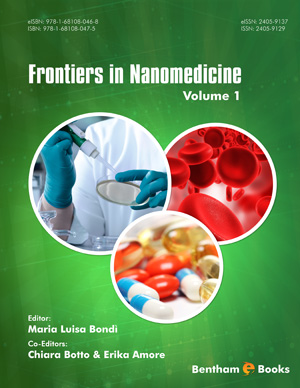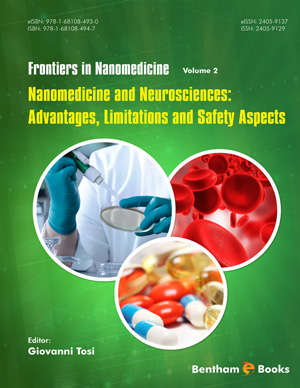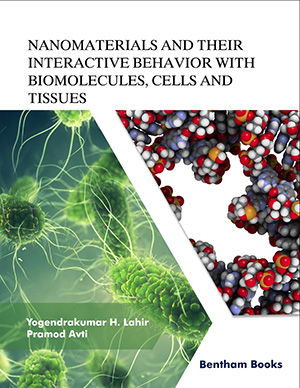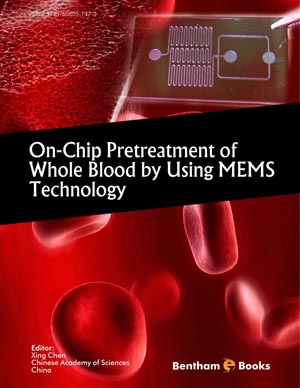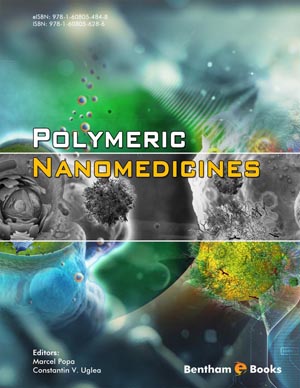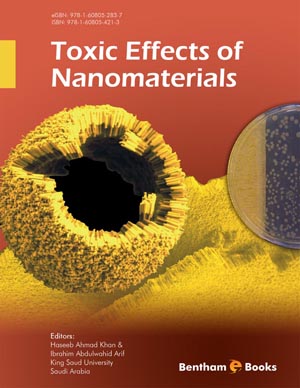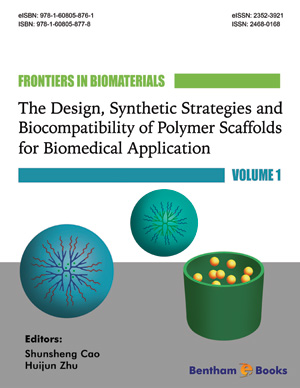Abstract
In the last decade, there has been a dramatic increase in the synthesis of engineered nanomaterials for a wide variety of applications. Despite the clear advantages of these applications, especially in medical intervention and therapeutics, the influence of nanoparticle exposure on cellular and organ function remains poorly understood. The nanoscale size of nanoparticles (<100 nm) allows their penetration into cells and, due to their large surface area per unit mass, they are more reactive than larger scale particles. This has led government and scientific organisations to call for a need to assess the safety of engineered nanomaterials and determine the mechanism of their interaction with cells and tissues. Nanotoxicity is now an emerging and expanding discipline that addresses these issues to ensure the well being of living organisms. The results from recent studies in the literature demonstrate that the nanotoxicological influence of nanoparticles is dependent on their size, charge, cell type and material composition. There also remains a number of methodological considerations and the need for precise physicochemical characterisation of nanoparticles before their use in nanotoxicity studies. Recent studies also highlight the need to adequately assess the toxic effects of nanomedicines on all cells and tissues, including the vasculature, using in vitro as well as in vivo studies.
Keywords: Nanomaterial; nanotoxicity; vasculature; uptake; endocytosis; smooth muscle cells; endothelial cells, caveolae; contractility.




